I've been caught up with a whole bunch of money-based issues the last few days, mixed with New Year shenanigans and science posts have been off the table, they take multiple hours of research and editing and so on. I have to wait for... something i'll explain in my next post... so I think I have time to do a very belated WILLW post. Pick and choose what you wanna read!
Monday: Hibiscus meyeri destroys evolution
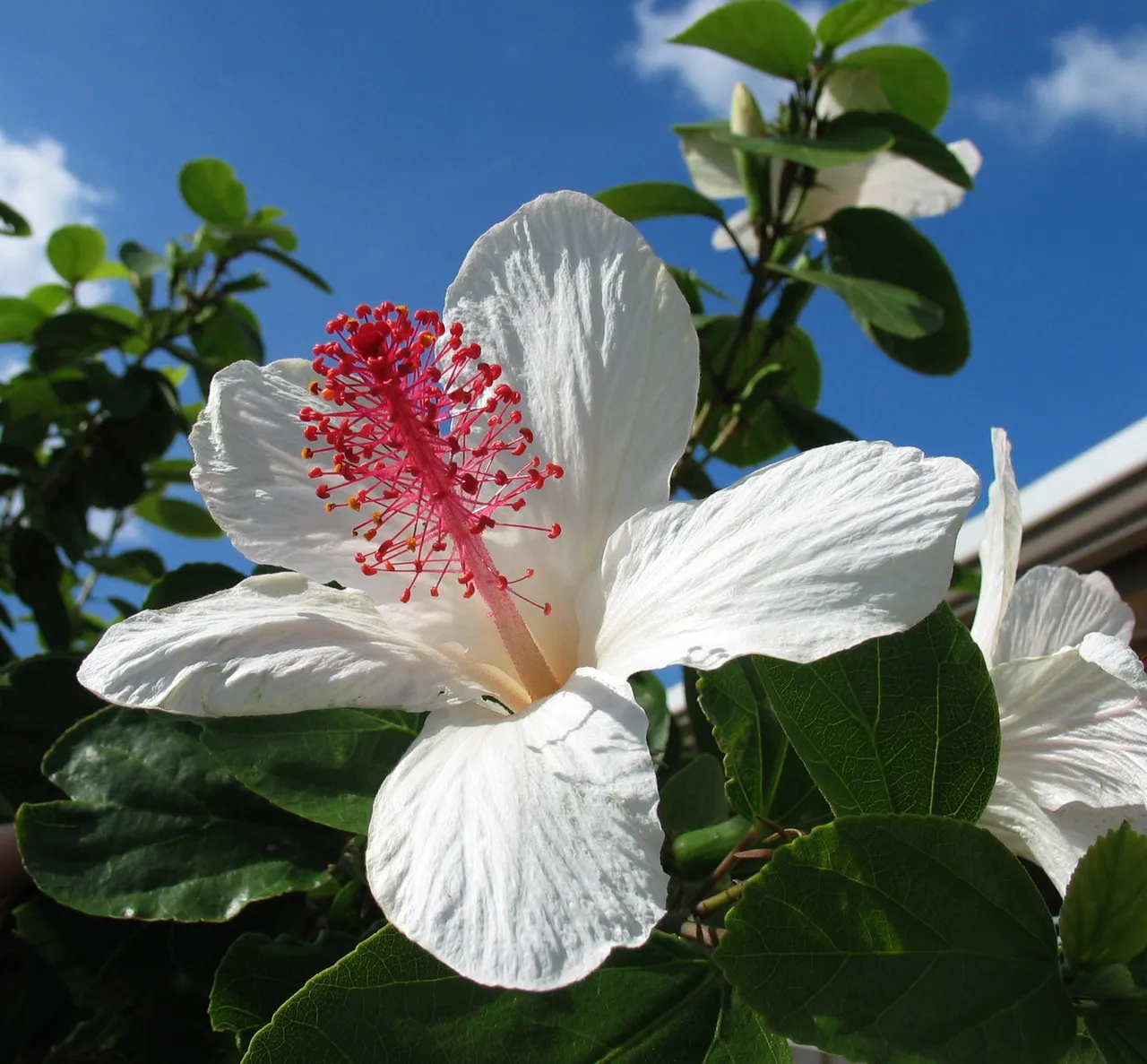
hibiscus, a beautiful and diverse genus
Once upon a time, Darwin had this idea about Evolution. The theory goes that species will be limited in their expansion by environmental stress, but for species in more temperate, low-stress environments will be limited by massive competition and pollination factors, so everyone gets limited to a certain range.
This has been the common held belief for ages and... it's still true. I lied, evolution isn't destroyed. But there is a nuance that is being uncovered which is important when it comes to analysing effects of climate change on species and environments around the world.
He Hibiscus meyeri is a flowering plant in Kenya was researched over 4 years. If found that indeed, 'pollination, herbivory and competition with other herbs and shrubs' had a strong effect on limiting the edges of the regional spread of the plant in wet climate, but in dry climate, those factors somehow became a non-issue. This shows that for this plant in particular, arid conditions weakens the effect of species interactions and limitations.
The researchers plan on looking at other factors to get a true understanding. This may sound kinda menial but understanding regulation factors in biodiversity in our changing time is crucial for our predictions of climactic impact in the coming years.
Tuesday: Asexual Fish that love male sexual fish...?
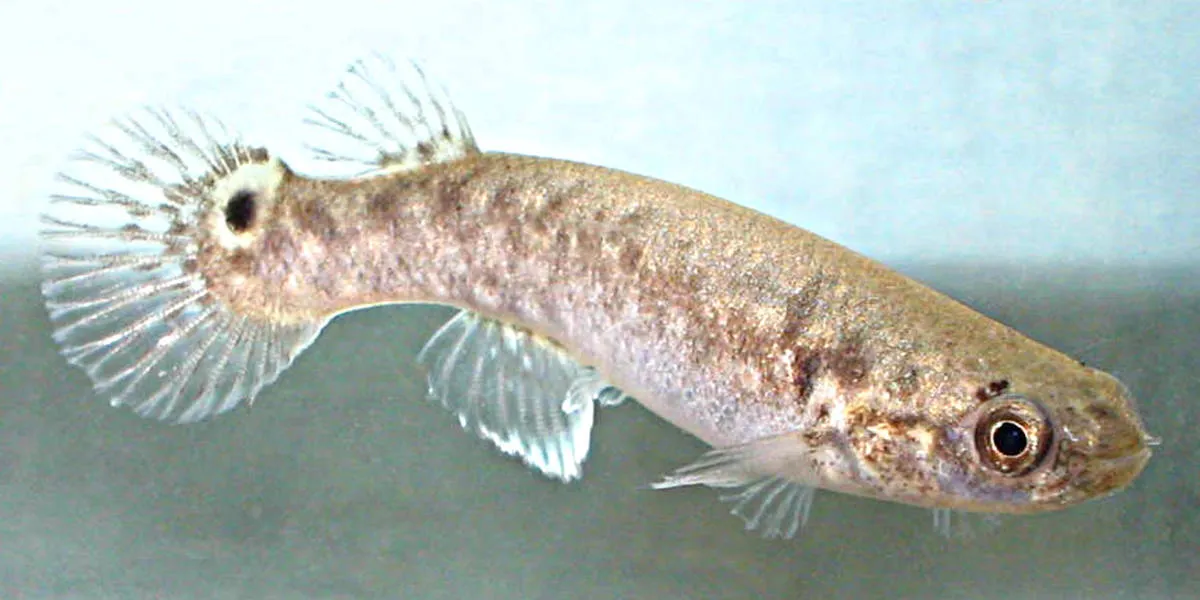
Weirder than it looks
Back in the day, around the dawn of life, things started reproducing asexualy, dividing or whatever. This was ok for a while but limited because you're just copying the same genetic code over and over, and you end up with a genetic bottleneck. Thankfully, sexual reproduction was invented by someone and diversity flourished.
Asexual reproduction still occurs to date (in the weirdest of species) but the more common it is, the more simple the species like, say, bacteria.
The mangrove killifish decided enough was enough. This weird, super salt-and-fresh water fish has decided to just fertilize itself. That's barely touching the surface of this fish and @trumpman should definitely write about it.
This behaviour has advantages, but as stated above, there's a genetic bottlenecking issue that's kind of hard to avoid, with high risks of incestual mutations and so on. But with this fish, they found it had alarmingly high genetic diversity anyway. Rather than all lineages basically looking the same, they found a lot of morphological differences and more genetic areas of heterogenosity (is that a word?) than thought possible.
What they found was that there is a small population of males that are born, and this might be the key to their secret. The researchers found that when a male is around, the hermaphroditic fish were more likely to lay more eggs, taking advantage of this foreign DNA as much as possible. This is likely enough to keep genetic diversity sufficient enough to avoid fatal mutations in a population, whilst still mostly doing away with men altogether until they're needed. How nice for them.
Wednesday: Microbial memory
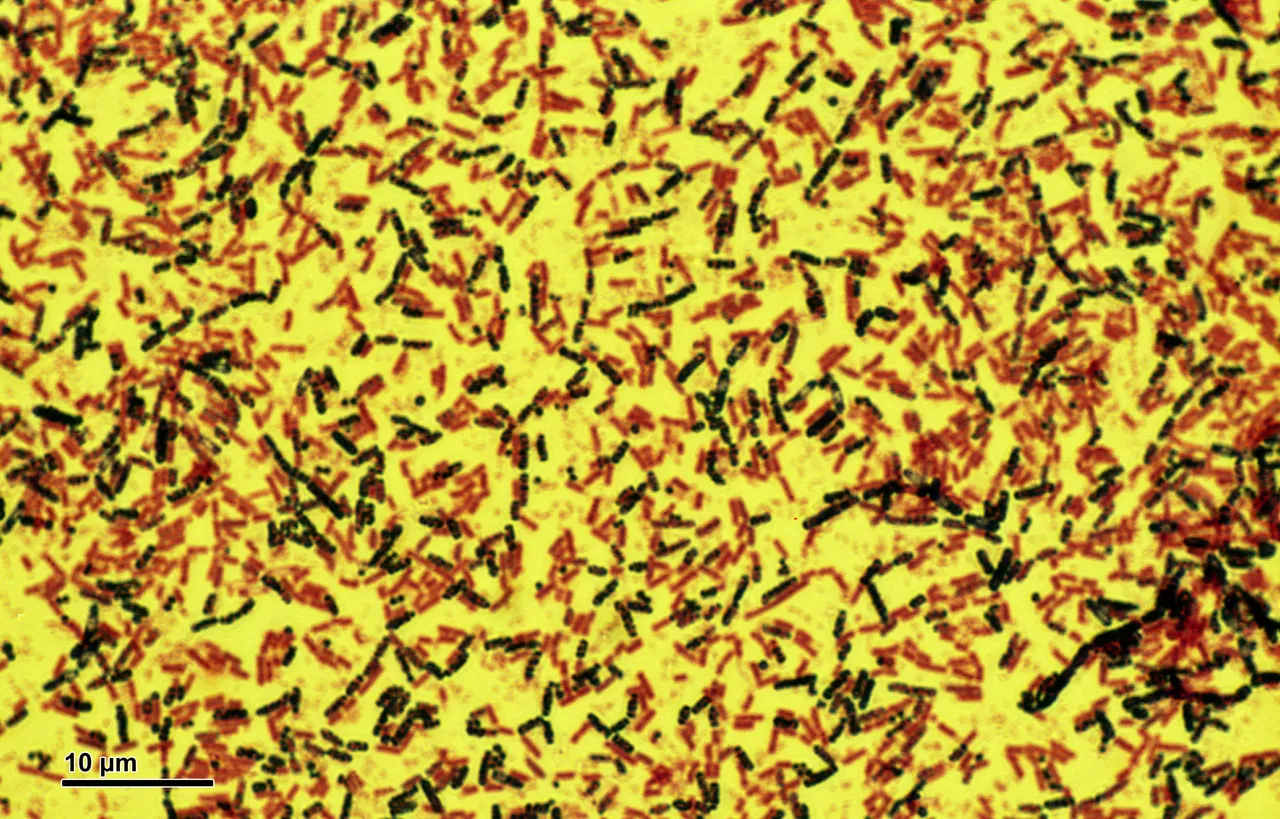
The coolest generic microbe pic I could find
Scientists in Texas have managed to make microbes remember their environment on a genetic level. As simple as I can get, they can insert a specific gene, for example, a Nitrate-sensitive gene which is what they worked with in this study, and when nitrate is around, that gene will be activated by the bacteria, 'reporting' the presence of nitrates in soil.
It's basically like an organic detector of gasses or chemicals. They could even make the bacteria glow when they reported on this, but for the sake of the soil bacteria, they had to do things another way. The problem was that glowing would be useless being underground, and bacteria only live for a few hours, so by the time it came to check on a report, they'd already be long dead.
The solution was to make the bacteria emit a gas as a chemical signal when the gene is triggered, and also to genetically store that gas-release info inside on a genetic level, even after it died. This is pretty incredible and can potentially have a lot of real world applications. Right now, they'e working on having bacterial spies that can report on the transfer of antibiotic resistance in water treatment facilities, but i'll let your imagination decide where the limit is.
Thursday: Space Microbes
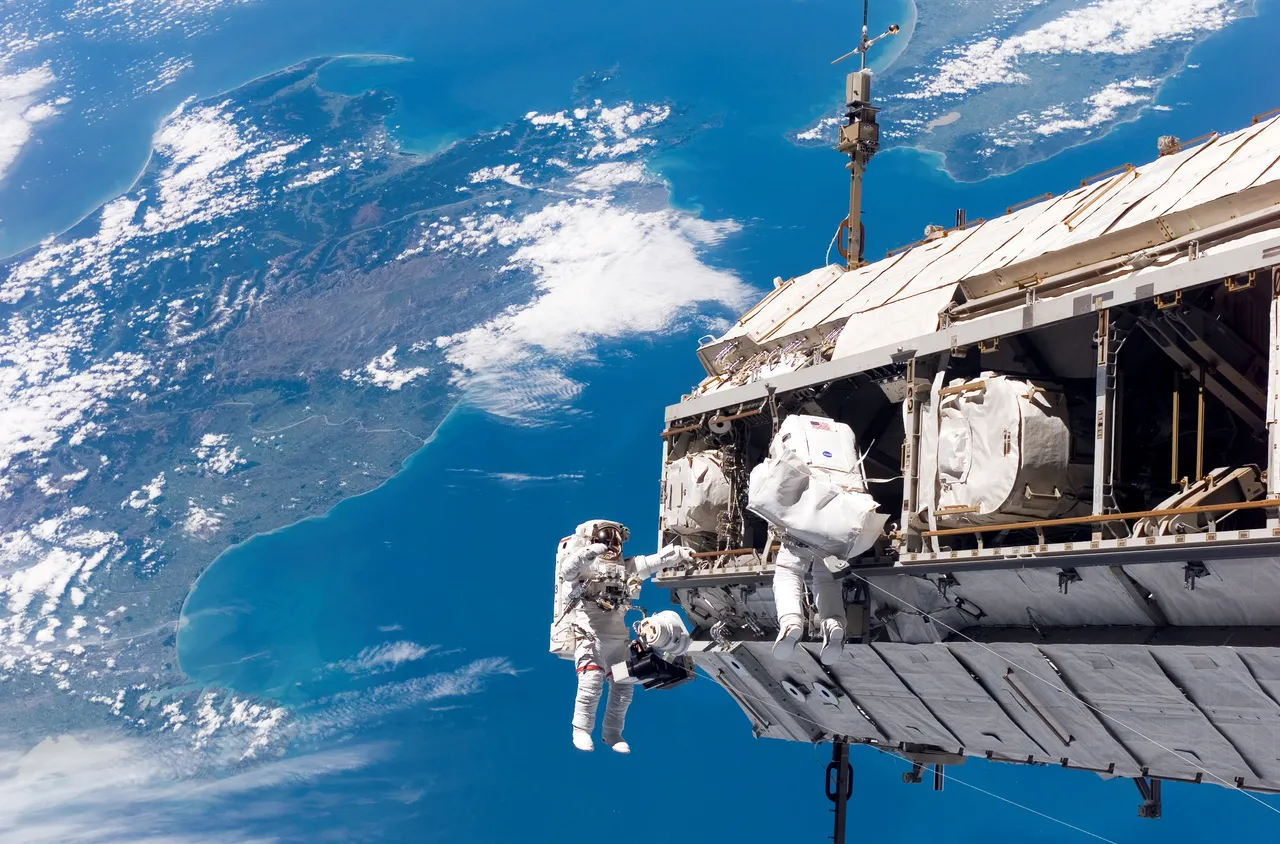
FAKE NEWS
Continuing with the very small, bacteria have been 'discovered' in space. I wrote about aeroplankton before, how bacteria and even small spiders and arthropods could be found thousands of metres up in the atmosphere... but what about actual space?
Well, this isn't quite the same, but the bacteria was in the International Space Station where it was sequenced and 'officially' discovered. This is a first, and having this ability in the depths of space is very important for a space faring species like us. Previously, ISS folk had to send bacteria back to Earth for analysis.
This new development would be a lot more helpful when it comes to a sick astronaut, but also in the identification of alien life elsewhere in the cosmos if/when we ever get there. The whole process and circumstances of why they were made to do this is pretty interesting, which You can read more about here
Friday: Citation Padding
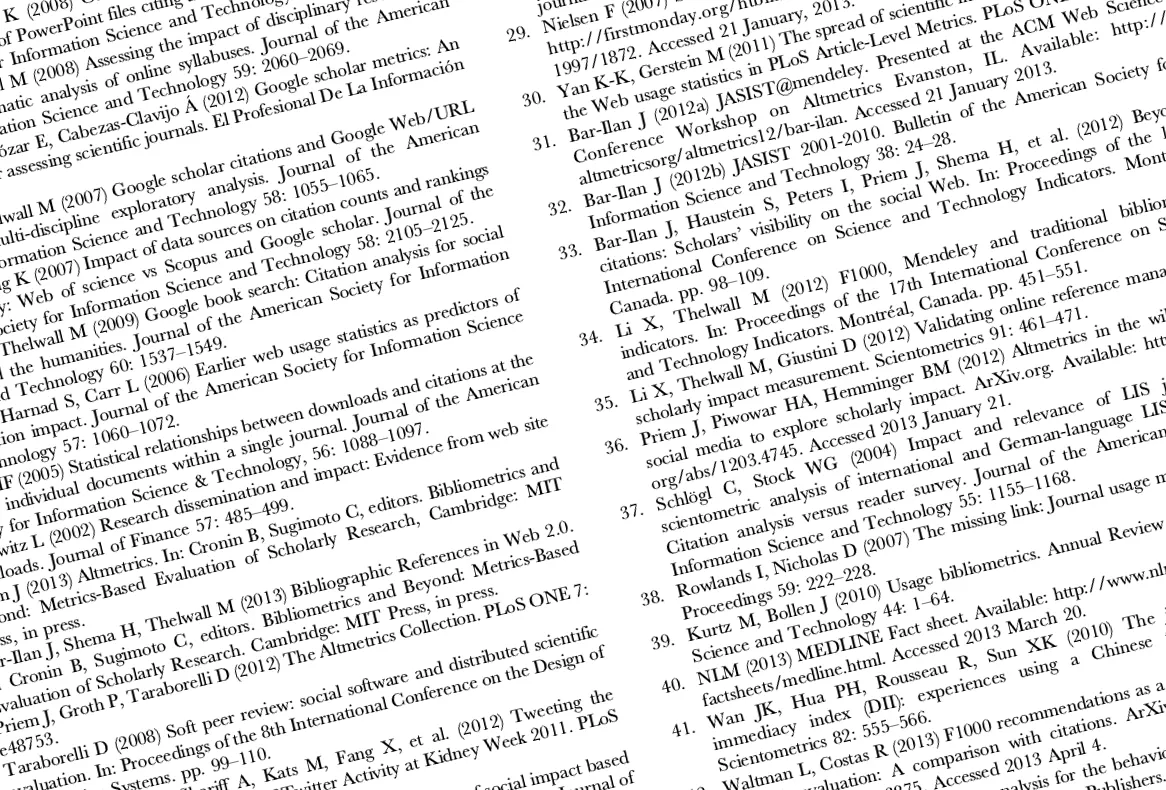
I was wondering why there were always so many at the end of every paper I read
If anybody has been reading my Chinese Pseudoscience series, you'll know that science in China is pretty corrupt and hard to be trusted, with heavy bias and clever wording. But I have also been clear to point out that it's not only China. That's just what I happen to be writing about. It's actually a global concern.
It turns out that the common phenomenon of 'citation padding' is even more common among females who are pressured into doing so more than men.
Citation padding is basically a phenomenon where researchers systematically include honourary citations and authorships of people who may have had very little or no contribution to the paper to start with.
As mentioned in my last Chinese Pseudoscience post, citations are kind of the barometer of the quality of work. The more something is cited, the more valuable it is to the community.
So in a huge survey, 12,000 respondents across 18 disciplines, it was found that over 1/3rd admitted to this citation padding scam, with the majority writing the reason as either because that citation is from the director of the lab, or a person of authority that could directly affect their career; pressure.
Females were almost 40% more likely to feel pressure to do this than males, and assistants were 90% more likely to than full professors.
Those in Marketing were 75% more likely than average to do so, whereas political scientists were 45% less likely.
The most uncomfortable part of this for me is that 14%, mostly men, were actually coerced into doing so, but the majority felt they should do this to heighten their chances of getting funding. Urgh.
There is a level of deception and fraudulent behaviour that is not really helping the reputation of science in the global community and it's annoying to say the least. Science in itself is a perfect mechanism of truth, but for the foreseeable future, it needs us stupid humans to implement it. I hope AI can hurry up and take over!
That's all for now! Turns out I have a hell of a lot more time than I thought. Eesh. Slow USBs. I'll explain next time. Thanks for reading!

Image sources CC0 licensed